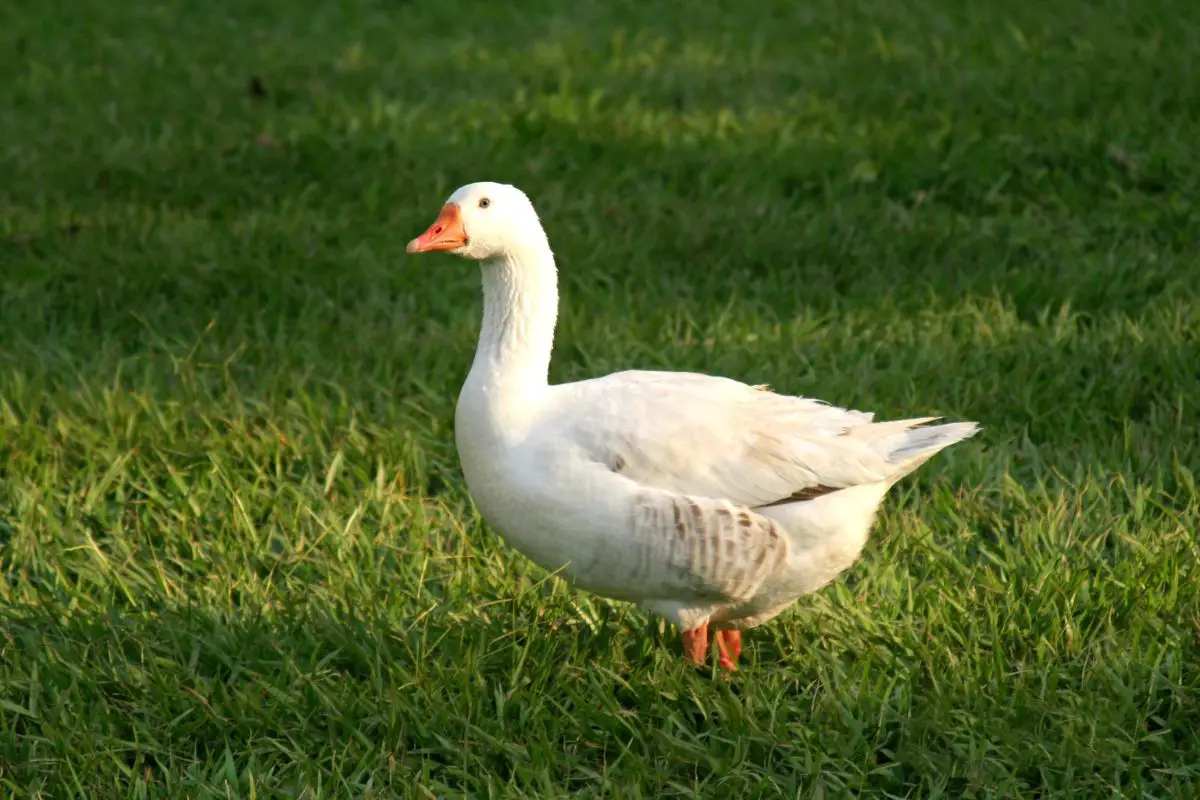
There’s an old joke that if it walks like a duck and quacks like a duck, then it probably is a duck. However, that is not literally true as there are many different types of birds that have the appearance of being a duck that is not actually that. We are going to take a look at several of these different types of species today in order to get a better idea of the various creatures out in this world that have the appearance of ducks.
1. American Coot
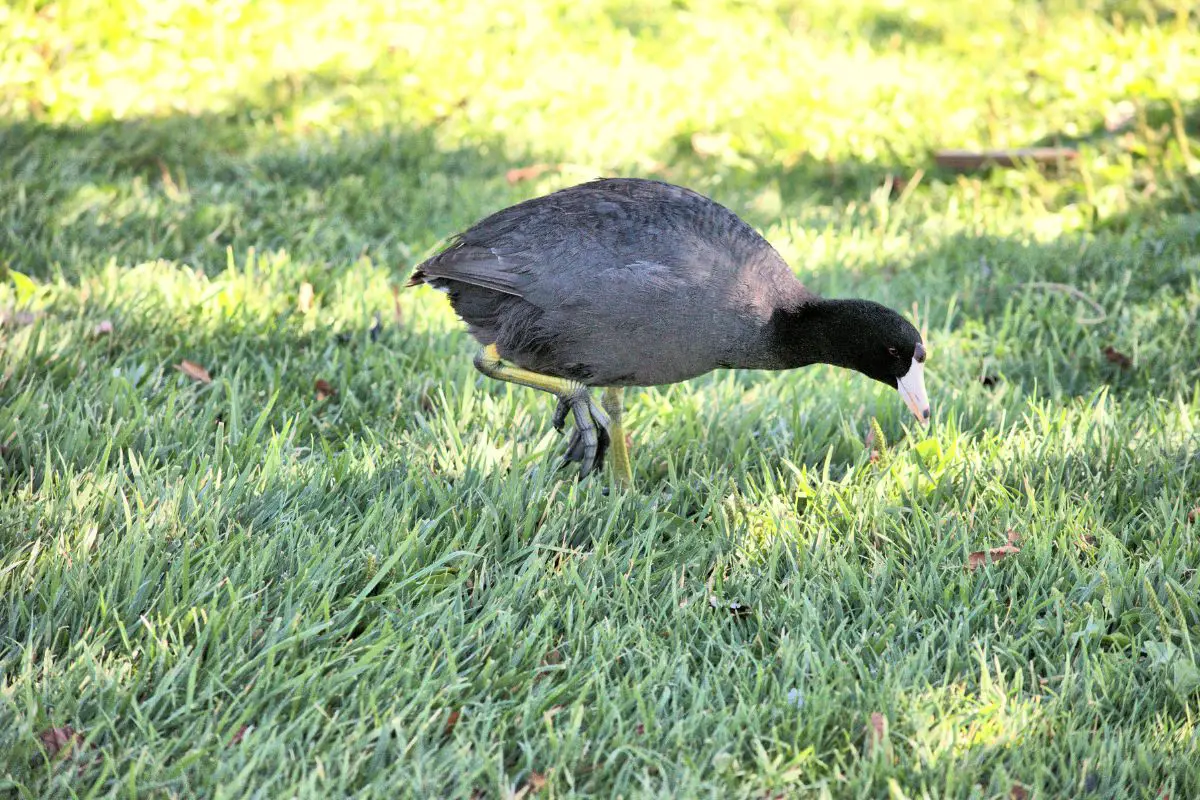
The American Coot goes by many names, including the Mud Hen and Pouldeau. These creatures have abilities that are very similar to ducks in terms of how they take to the water, and that makes many people believe that they are in fact ducks. However, they are their own distinct creature with characteristics that are totally different from ducks.
This migratory bird is known to travel between the Southwest United States and South Panama in the winter and the breeding seasons. This makes it different from ducks, which do not migrate at all. If you happen to see an American coot, you will recognize it by its big feet, lobbed toes, and strong legs.
It survives on a diet that can be found in the water including wild rice and water lilies.
2. Common Loon
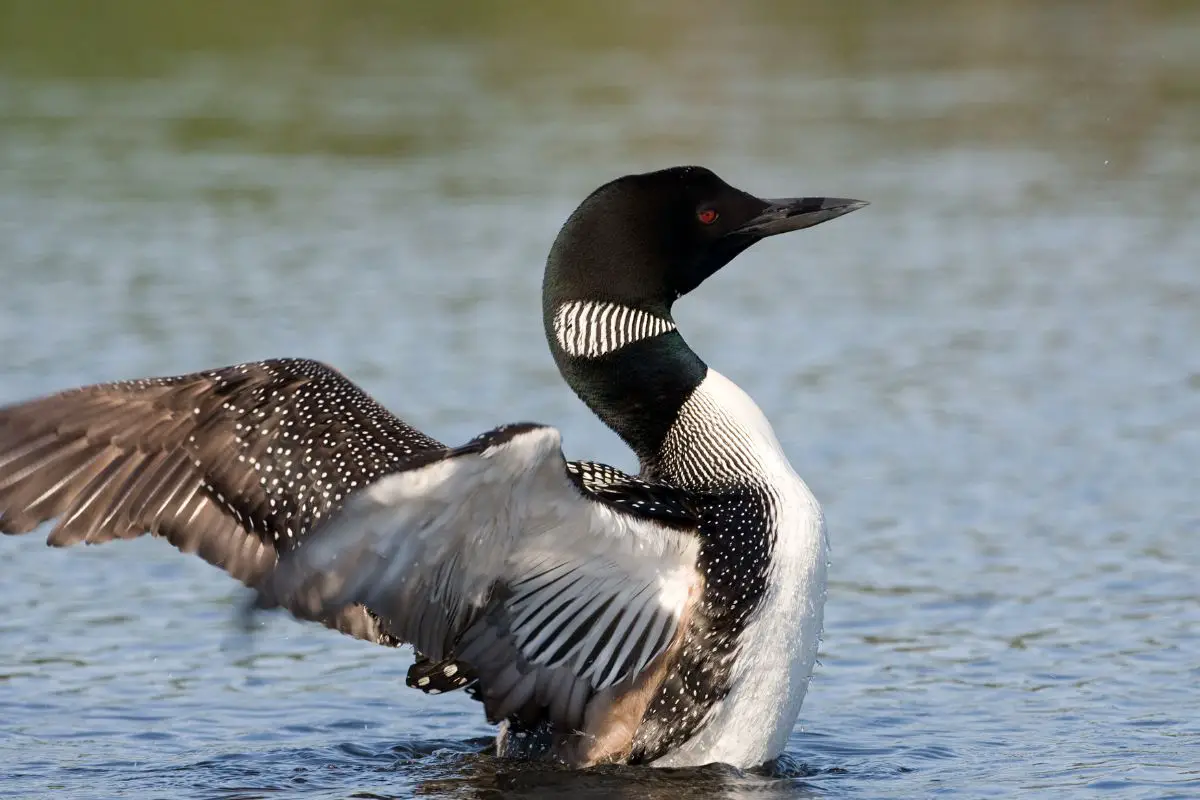
The hilariously named Common Loon is another bird that has the appearance of being a duck. This bird has a greenish, blueish, or purplish color to it in most instances. This work also feeds on things that can be found in the water, such as crustaceans, fish, and various aquatic plants.
One of the things that will immediately draw your attention to this species is its red eyes and black head. Some people are even slightly afraid of this bird, given its appearance. You will find the Common Loon in areas such as Alaska and Canada, among others.
3. Brown Pelican
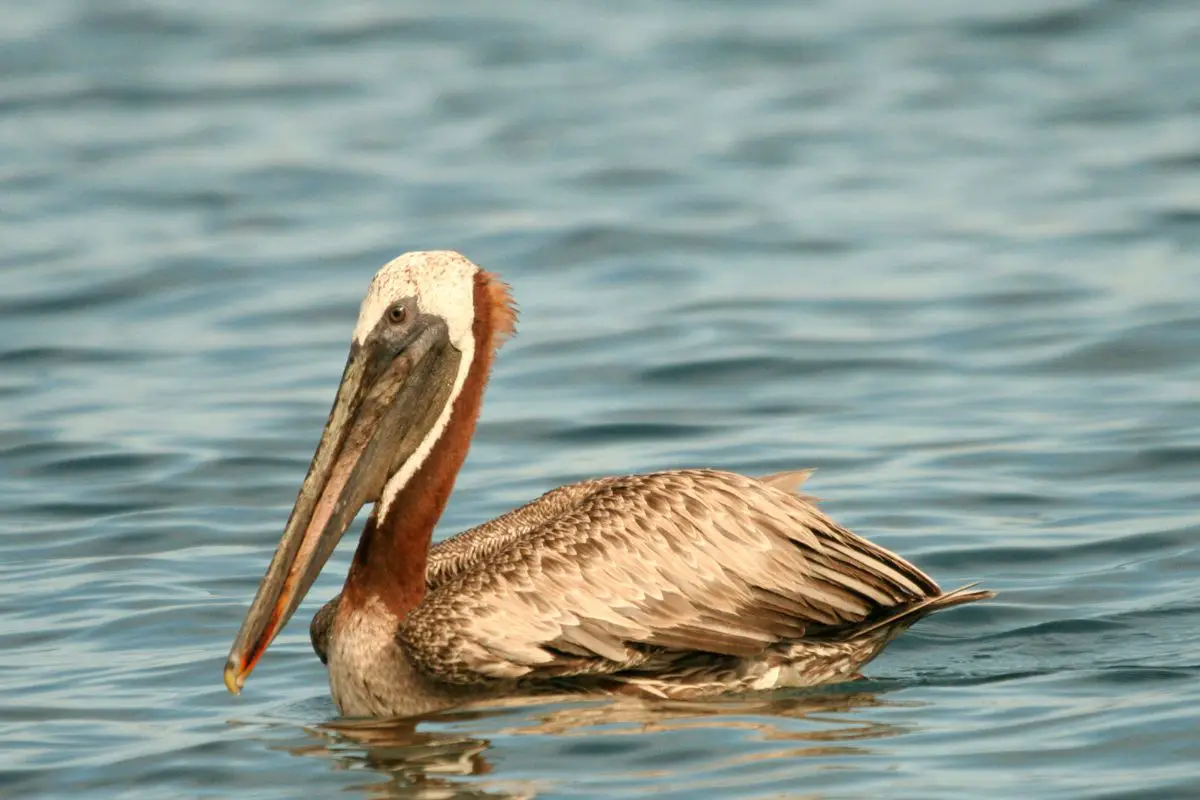
People like Pelicans for their large beak that collects fish for their diet. In fact, there are even sports teams that are named after the pelicans of this world. This type of bird is found in various areas, such as the coast of New Jersey and British Columbia.
The brown pelican is the smallest of all pelicans in the pelican family. It is known to fly in flocks to get where it needs to go. There are many things that the brown pelican will feast upon, including crustaceans, amphibians, pigfish, silversides, and more.
It takes care to control the populations of certain aquatic species throughout the country.
4. Common Moorhen
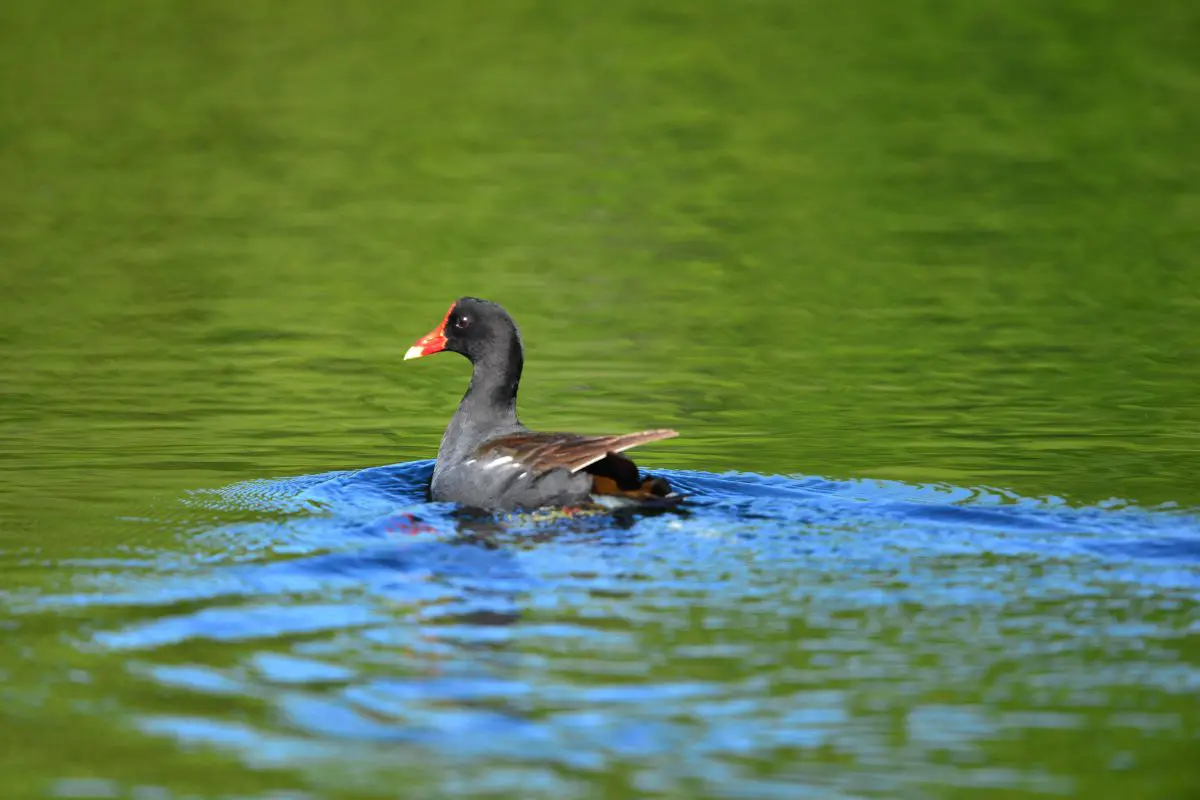
You want to see something that is commonly mistaken for a duck look no farther than the common moorhen. People also know it as a swamp chicken or a water hen, depending on which part of the world you are in. When you hear about it.
Despite its various names, the common moorhen is in fact a migratory bird that will move to temperatures that make more sense for it. As water freezes in certain areas where it typically lives. This bird often eats vegetables as well as small aquatic creatures that help to sustain its diet.
There are some people who will take the common moorhen and actually adopt it as a pet. Although it takes a lot of care in order to get it to the point where you could adopt those types of birds that it is possible to do and there are people that do it.
5. White Pelican
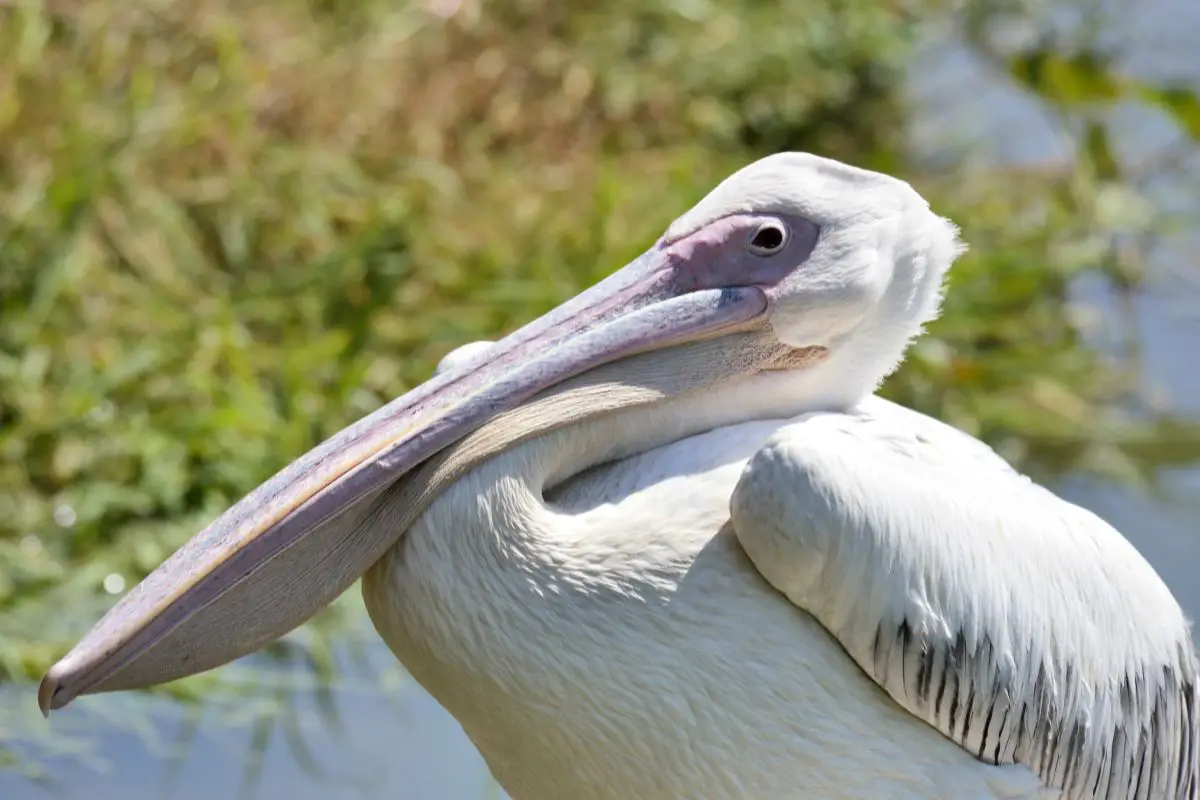
You can’t be terribly surprised that the white pelican may be mistaken for a duck if the brown pelican is also mistaken for a duck. That being said, the white pill again is a different species from the brown pelican, but it has many of the same characteristics which make it commonly mistaken for a duck. You will find many white pelicans that like to stay in colonies near the shore of freshwater lakes and can be found all throughout North America.
This means that many people have seen the white pelican and have actually mistaken it for a duck. However, this bird eats up to four pounds of fish every single day and will take on virtually any kind of fish including catfish, shiners, yellow perch, and jackfish. This bird is much larger than your typical duck would be, and this gives it plenty of reason to be distinguished from ducks in most cases.
However, there are still many people who get them confused, and it is understandable that there are many who would like to have this sorted out so they don’t make the same mistakes in the future. It is simply important to recognize that the white Pelican is much larger, with a much larger beak that it uses to scoop up the various sea creatures that it enjoys eating. Ducks don’t do things like that!
Keep an eye out for key differences between the white Pelican and ducks, and you will be able to distinguish the two from one another.
6. Horned grebe
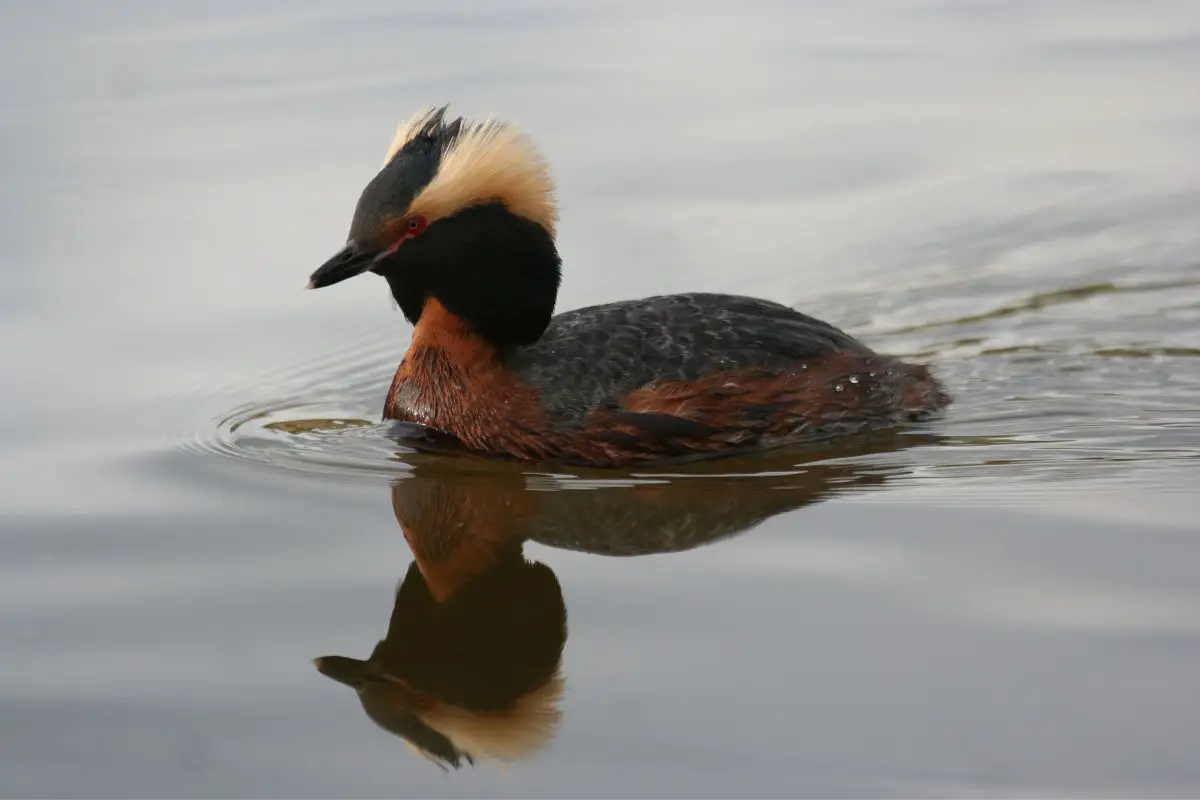
The Horned Grebe does indeed bare a very similar appearance to a duck. It is a small water bird that has many of the same feather-type characteristics that a duck would have. It can be found in North America and also in Northern Europe and many parts of China.
That said, many people are not very familiar with seeing the horned grub, and it, therefore, throws them off that this is not a duck, that they are looking at. Is understandable that some people may get confused by the fact that they are looking at a horned grab when it appears so, similar to a duck. If one were to mistake the two, then it is understandable that this is the type of bird that they would get confused with for being a duck.
7. Brant
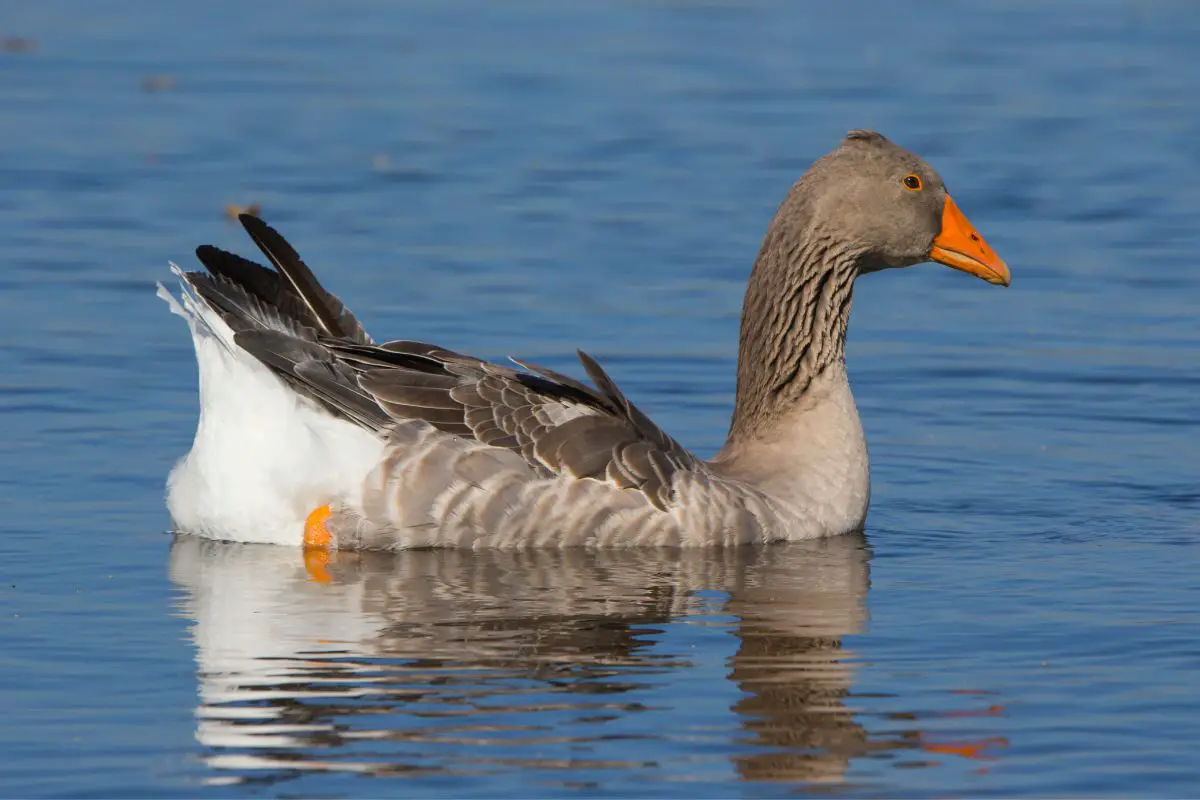
The Brant is probably the closest looking thing to a duck that you will see on this entire list. They are also known to hang out in the same type of areas as ducks, so it is really easy to see why people get the two confused. Most of them have a black head with a grey breast and a white backside.
This will make them easily appear the same as most ducks that are floating around in the water. As a matter of fact, it seems that the Brant may enjoy hanging out with dogs as they appear so similar to one another, it may be difficult for the species itself to tell the difference. This bird will like to explore unknown places to itself in order to expand its horizons and potentially go to migrate to an area outside of where it is now.
It also lives on aquatic vegetation and eelgrass.
8. Mallards
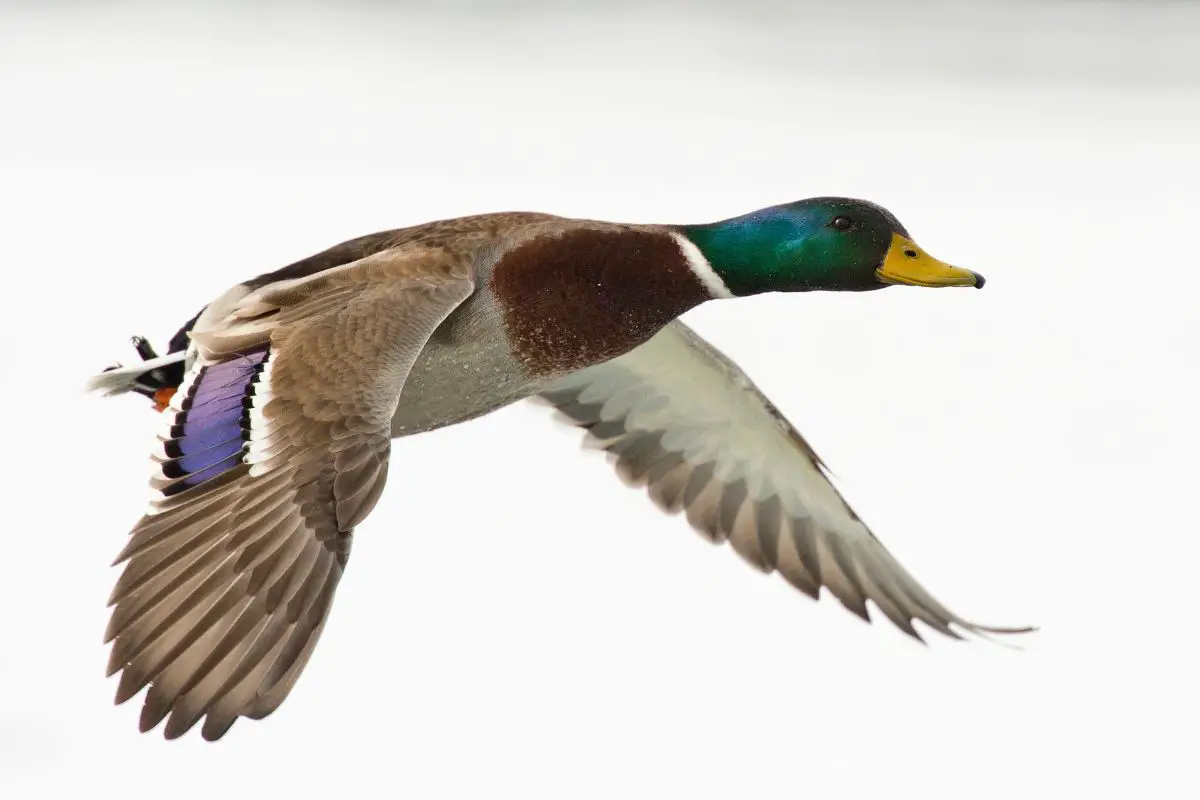
There’s a good chance that you have come across a mallard. If you have ever spent any time feeding the ducks in the park. Mallards like to blend in with ducks because they have a similar appearance and have many of the similar habits that ducks have.
Mallards are actually responsible for most of the domestic ducks that we know about now because they are so closely related to one another. This is to say that most domestic ducks come from mallards originally, and they remain close to each other from a genetic point of view.
9. Canada goose
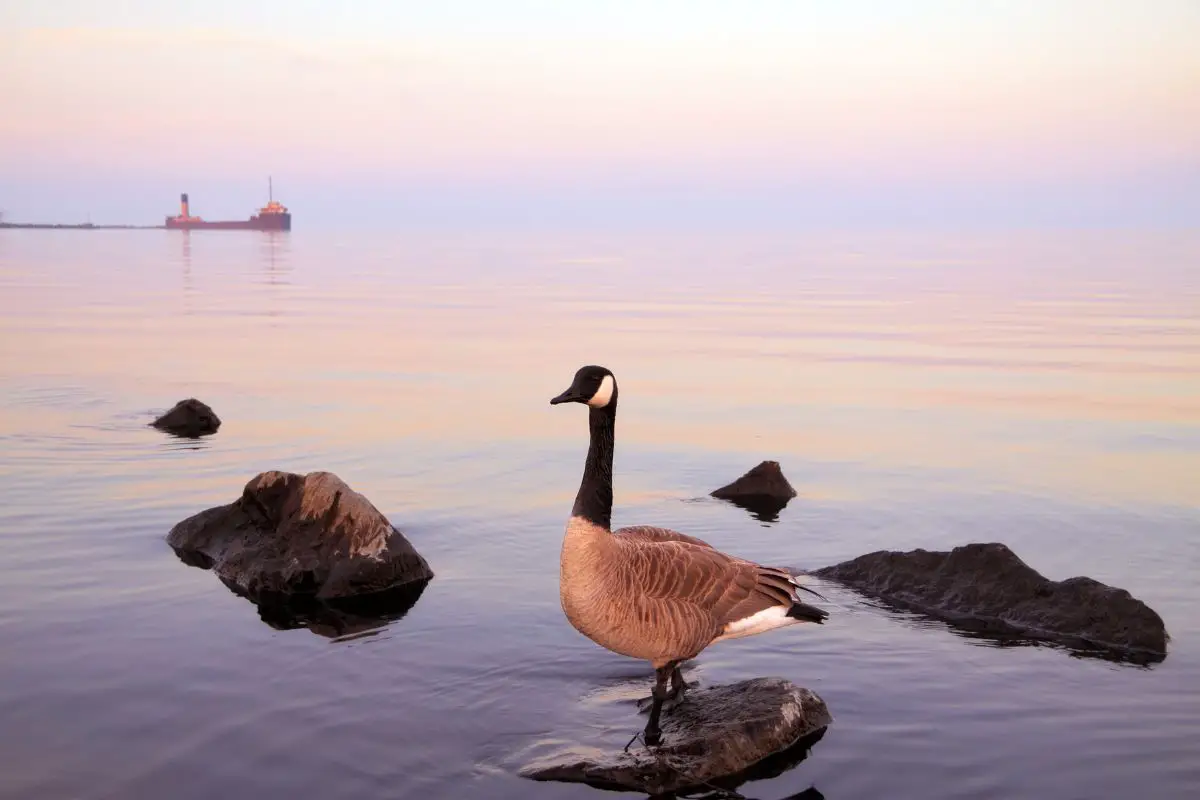
Canada Goose is a large wild goose with a black head and neck. Likely seen these before as they reside in North America, Europe, Canada, and beyond. They have learned to live in areas where human beings are and are often fed by humans, which encourages them to stay even longer.
That being said, the Canadian goose is considered to be a pest as it leaves droppings in areas where many humans travel. Still, it is often mistaken for a duck. Although people are discouraged from feeding wild animals like this.
They often do anyway, and this encourages these Canadian geese to stay around.
10. Surf Scoter
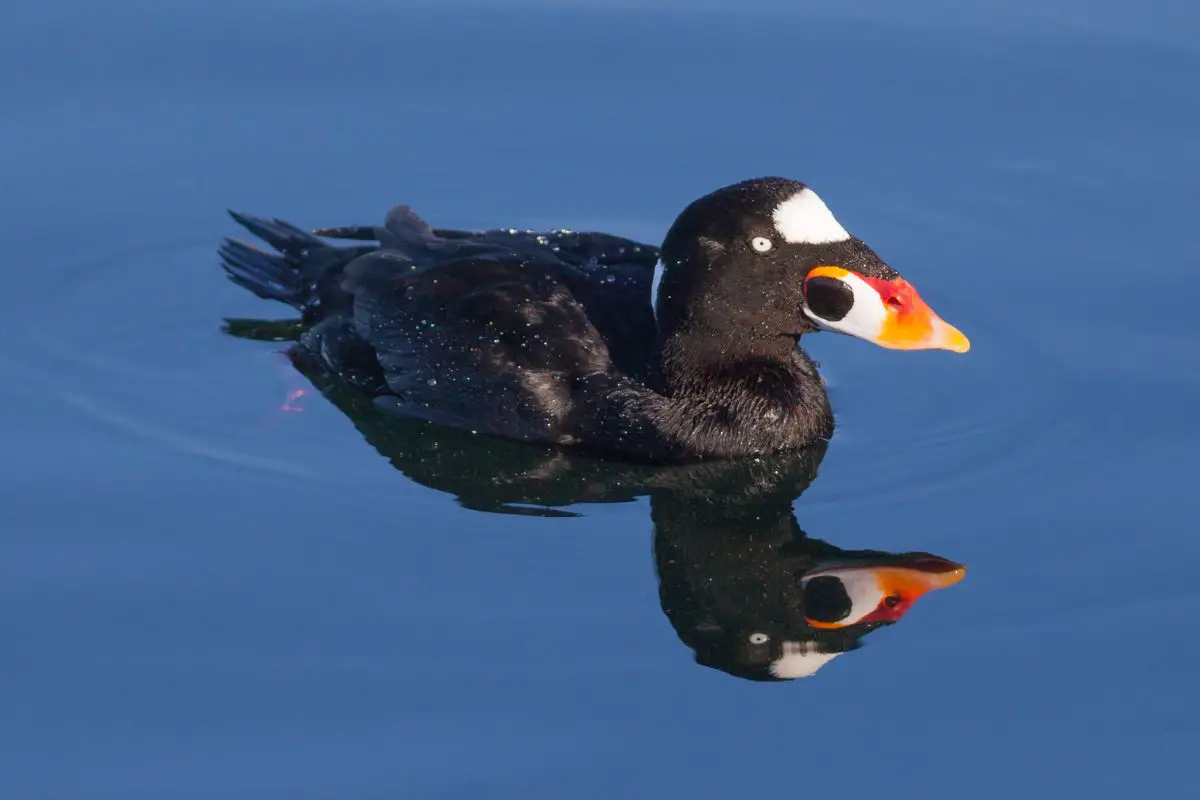
This bird has been given the nickname “old skunkhead” because of its black and white patches. Still, there are people who look at this bird and think that they see a duck. It should be fairly easy to identify this as separate from a duck, but there are certainly still some people who seem to be more than a little confused on this point.
It is a bird that you will rarely see unless you happen to be in the area of northern Canada or in Alaska. This bird prefers the open tundra and that is where you will find it’s typically located.
11. Common Goldeneye
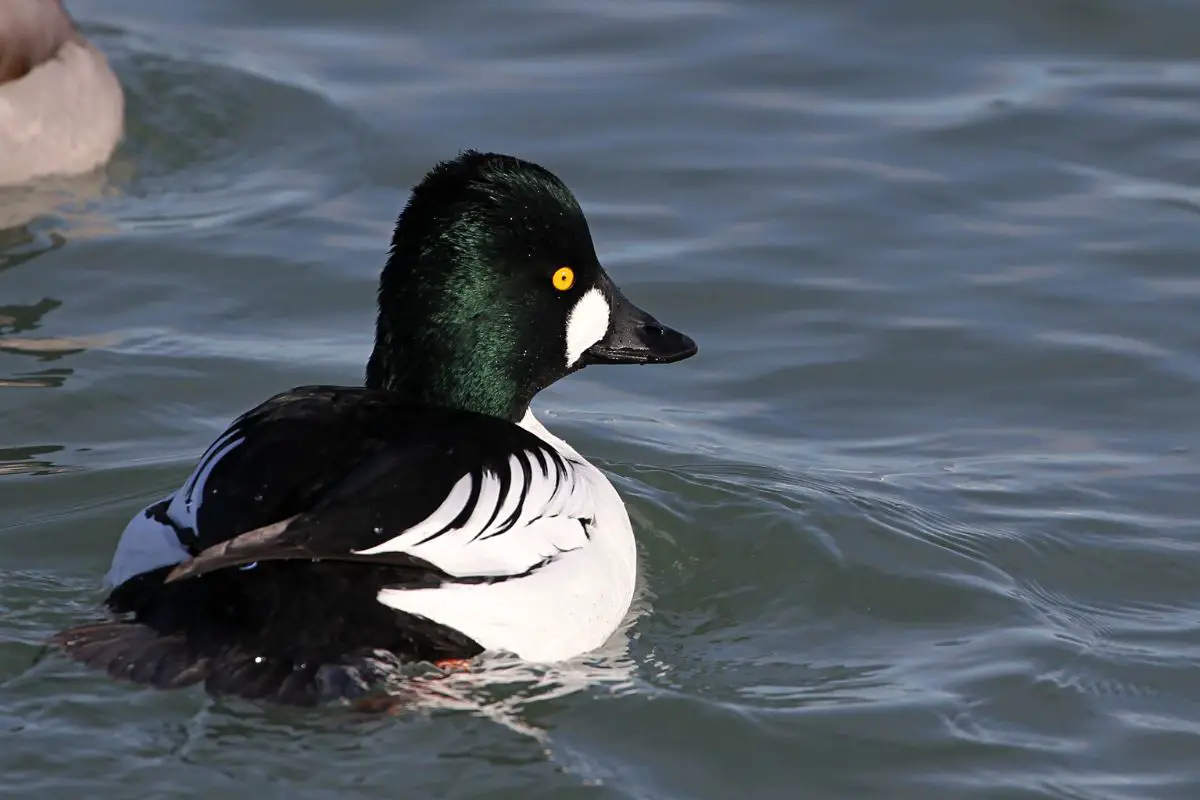
The common Goldeneye is a bird that comes in at about 18-20 inches and has a weight of just over 2 pounds on average. That is for an adult male, but the females are slightly smaller at around 16-20 inches and have a weight of about 1.8 pounds. What you will notice about these birds is that they have dark heads and a greenish tint to them.
You may also realize that their feet and legs are an orange-yellow color that is challenging to put a description on. The reality of these birds is that they are similar enough to ducks that it makes sense that people may mistake them for ducks, but they are just different enough that they shouldn’t be confused with ducks. The Common Goldeneye will look for food underwater.
Mainly they eat crustaceans and insects.
12. Green-winged teal
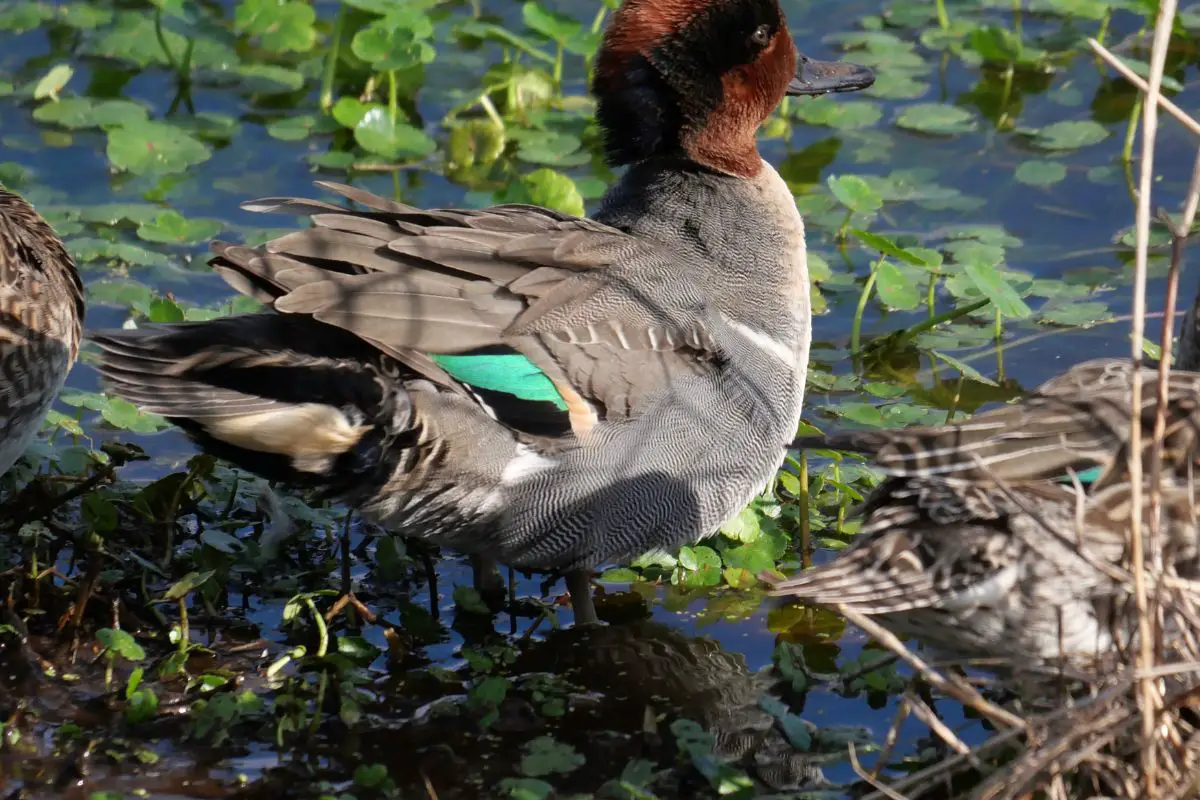
The green-winged teal is another bird that is often mistaken for a duck. Why? Because it has a similar body type as a duck and because it also floats around on the water and looks for food in bodies of water just like so many other creatures on this list.
The interesting thing about the green-winged teal is that it really does have a green wing that is very bold and stands out from the rest of its body. You can identify it from far away by this distinctive feature. The green-winged teal does not mess around when it comes to its migratory patterns.
It winters in the far south and likes to stay anywhere that it can get some warmth from the harsh winters. During the nesting season, this bird is generally seen in Alaska, North Dakota, Minnesota, and Canada. However, it will winter in places like Oklahoma, Texas, Tennessee, Florida, and North Carolina. It goes further south than that as well by traveling into Cuba and Mexico for example.
Thus, it is a well-traveled bird that people frequently believe to be a duck. You just need to keep a keen eye out for the bird with the green feather. If you see that, then you will know that you are looking at the green-winged teal.
13. Double-Crested Cormorant
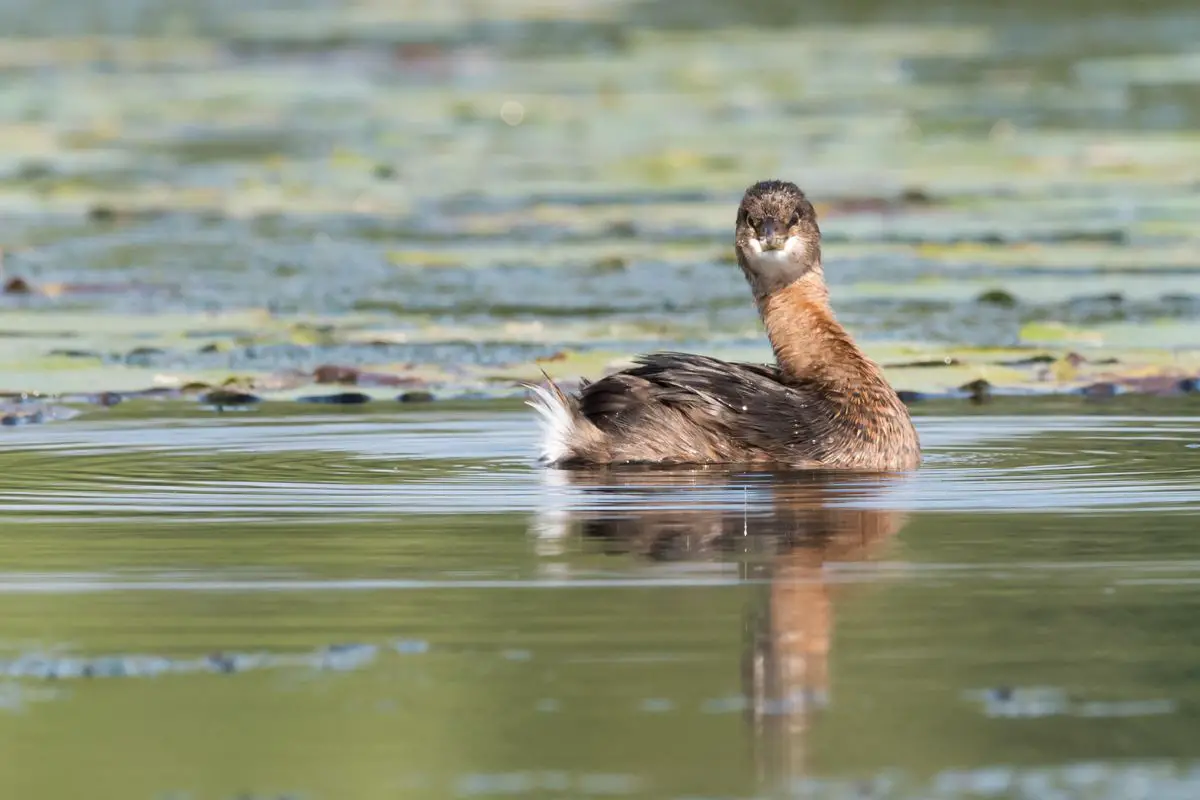
This water bird could be mistaken for a duck, but the dark coloring should give it away to many people that this is clearly not a duck. It comes from the cormorant family of water birds, and it does some of the same habits as many other birds on this list, but again, it is not a duck. This bird has a hefty body with a lengthy neck.
It also has the classic webbed feet that so many others on this list have as well. You can see why some might think that it looks similar to a duck, but to truly mistake it for a duck is not something that anyone should be doing at this time. There are far too many differences between this bird and the ducks that people get confused for.
It just doesn’t make sense, and that is why there is so much controversy over why some people still insist that they see a duck when they look at this bird.
14. Pied-Billed Grebe

We have already discussed one type of Grebe in this post already, but there is another one that you need to know about, and it goes by the name of Pied-Billed Grebe. This creature is something truly amazing in that it has features that you would have to see to believe. That is to say that there are many people who view the Pied-Billed Grebe for the first time and are confused by what they are even looking at.
It has a short neck, is stocky, and is generally very small. It is easy to get this animal confused with many others, and there are a fair number of people who seemingly get it confused with ducks. Again, this may sound strange to some people, but there are a lot of people who just can’t tell the difference between a Pied-Billed Grebe and the ducks that they may see at their local park or pond.
These birds have a pretty significant lifespan as far as birds are concerned as they come in at around 10-12 years, and that is a lengthy amount of time to survive if you are a bird. Finally, one last interesting thing that you should know about this bird is that it has incredibly strange vocalization tactics that include making a sound along the lines of “kuk-kuk-cow-cow-cow-cowp-cowp”. It is truly something interesting to hear.
15. Trumpeter Swan
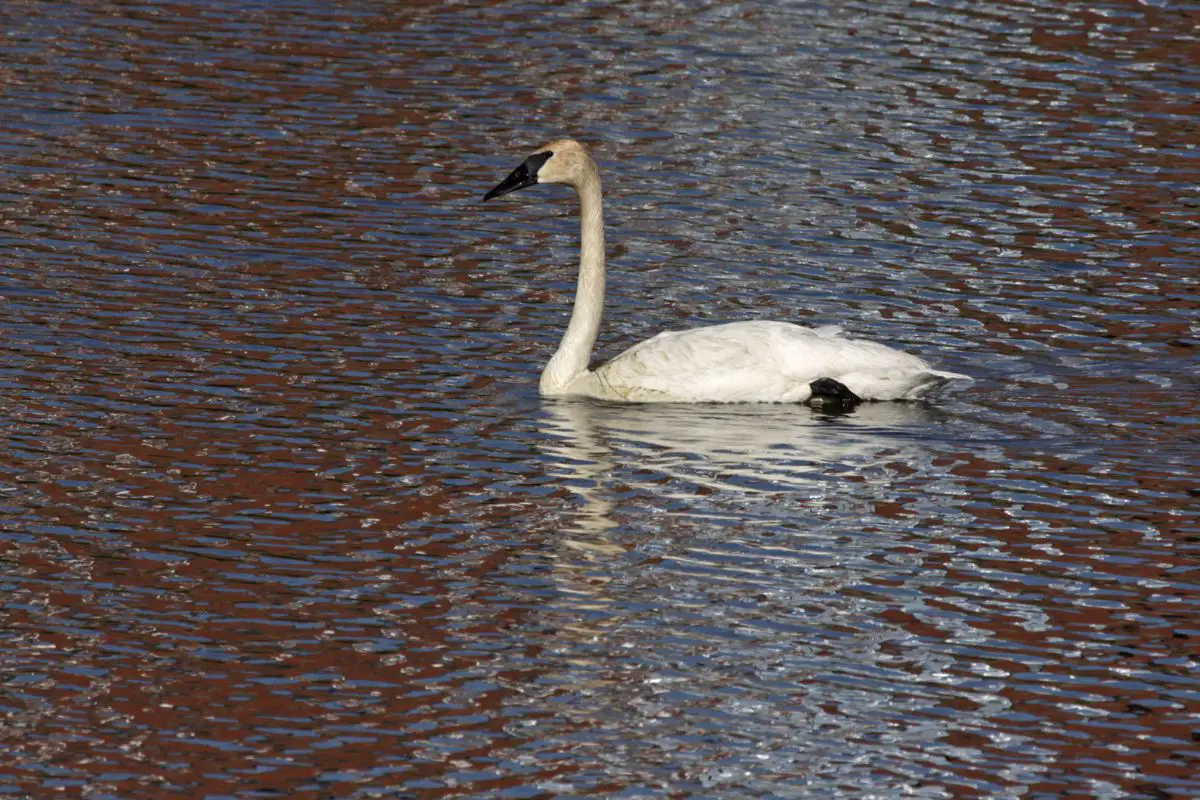
We needed to include one type of swan on this list that is sometimes mistaken for a duck. Again, it is challenging to imagine someone mistaking a swan for a duck, but it happens. Perhaps it is simply because swans are white and ducks often are as well.
Whatever the case may be, the trumpeter swan is something that is a beauty all its own. You really need to see them to understand why they are so elegant and beautiful. The Trumpeter swan deserves all of the attention that it gets from people all around the world for its magnificent beauty and characteristics that you just have to see to believe.
There are many people who can’t get over the fact that the Trumpeter swan is as beautiful as it is. Indeed, this is probably one of the most beautiful creatures that you will see out on the water. Check it out for yourself and you will be impressed by its characteristics and beauty.



